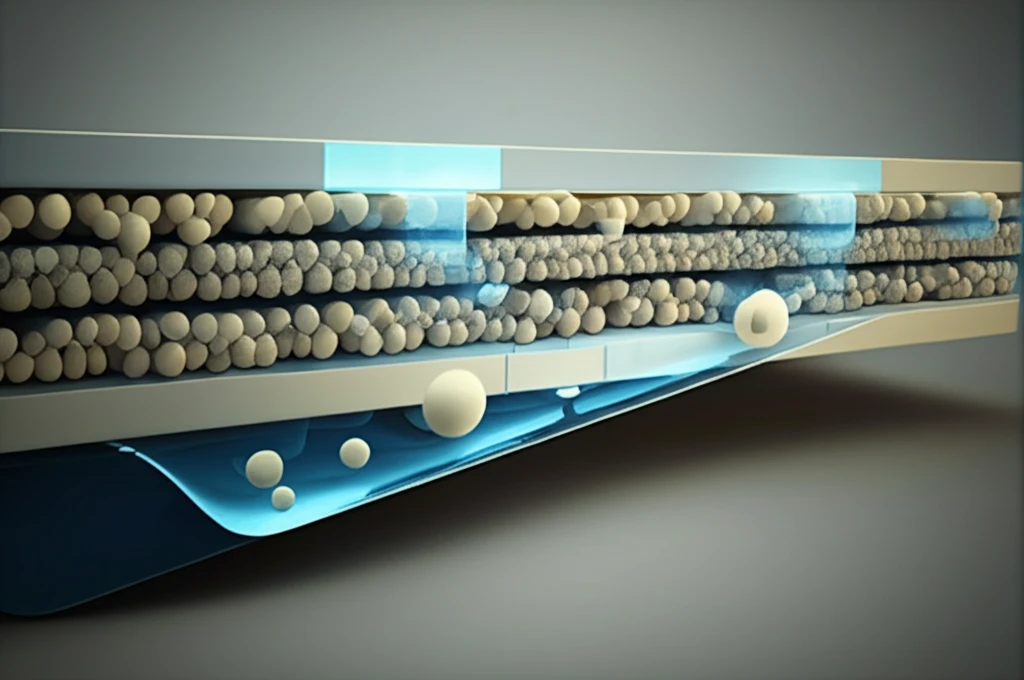
Insulating Smarter: How Laminated Foams Can Transform Building Efficiency
"Discover how thermally insulating extruded foams laminated with barrier films can revolutionize building energy efficiency and sustainability."
In an era defined by escalating energy costs and a pressing need for sustainable building practices, the quest for advanced insulation materials has never been more critical. Among the most promising innovations is the thermally insulating extruded foam, enhanced with laminated barrier films. This technology offers a pathway to significantly improve the energy efficiency of buildings, reducing both environmental impact and operational expenses.
Extruded styrenic foam has long been recognized for its insulation capabilities, making it a staple in various construction applications. However, its thermal resistance can diminish over time due to the diffusion of oxygen and nitrogen into the cellular structure of the foam. To combat this, researchers and manufacturers have turned to barrier films, which, when laminated to the foam, moderate gas exchange and maintain optimal insulation performance.
This approach involves the application of multilayer ethylene vinyl alcohol (EVOH)-based polymeric films specifically designed to control gas permeability. By understanding the behavior of these barrier-faced foam systems, we can unlock a new era of energy-efficient buildings that stand the test of time.
The Science Behind Laminated Foams

The effectiveness of extruded foam in resisting heat transfer depends heavily on its physical characteristics. The overall thermal conductivity (λ) of the foam is a combination of three components: radiation (λr), solid conductivity (λs), and gas conductivity (λg). The selection and composition of insulating gas mixtures within the foam's cellular structure play a crucial role in determining its insulation performance. Counter diffusion, the exchange between the gases inside the foam cells and the environment, naturally occurs over time, affecting the foam's thermal resistance.
- Enhanced long-term thermal resistance.
- Improved control over gas exchange.
- Increased durability and structural integrity.
- Potential for reduced foam thickness without sacrificing performance.
The Future of Building Insulation
Laminated foams represent a significant advancement in building insulation technology. By combining the inherent thermal properties of extruded foam with the protective capabilities of barrier films, this innovation offers a pathway to more energy-efficient, sustainable, and durable buildings. As the demand for environmentally responsible construction solutions continues to grow, laminated foams are poised to play a pivotal role in shaping the future of the built environment.
